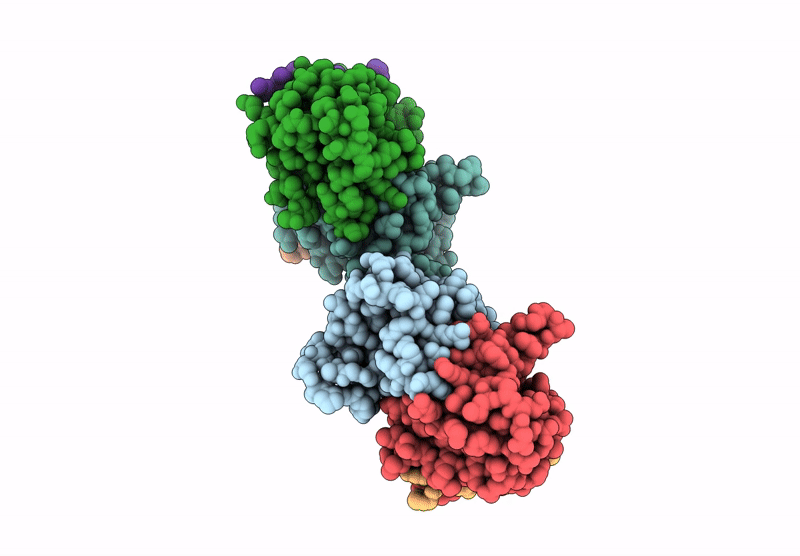
Deposition Date
2022-04-08
Release Date
2023-01-18
Last Version Date
2023-11-29
Entry Detail
PDB ID:
7XHG
Keywords:
Title:
Crystal structure of the NTF2L domain of human G3BP1 in complex with the Caprin-1 derived peptide
Biological Source:
Source Organism:
Homo sapiens (Taxon ID: 9606)
Host Organism:
Method Details:
Experimental Method:
Resolution:
2.46 Å
R-Value Free:
0.27
R-Value Work:
0.20
R-Value Observed:
0.20
Space Group:
P 1 21 1


